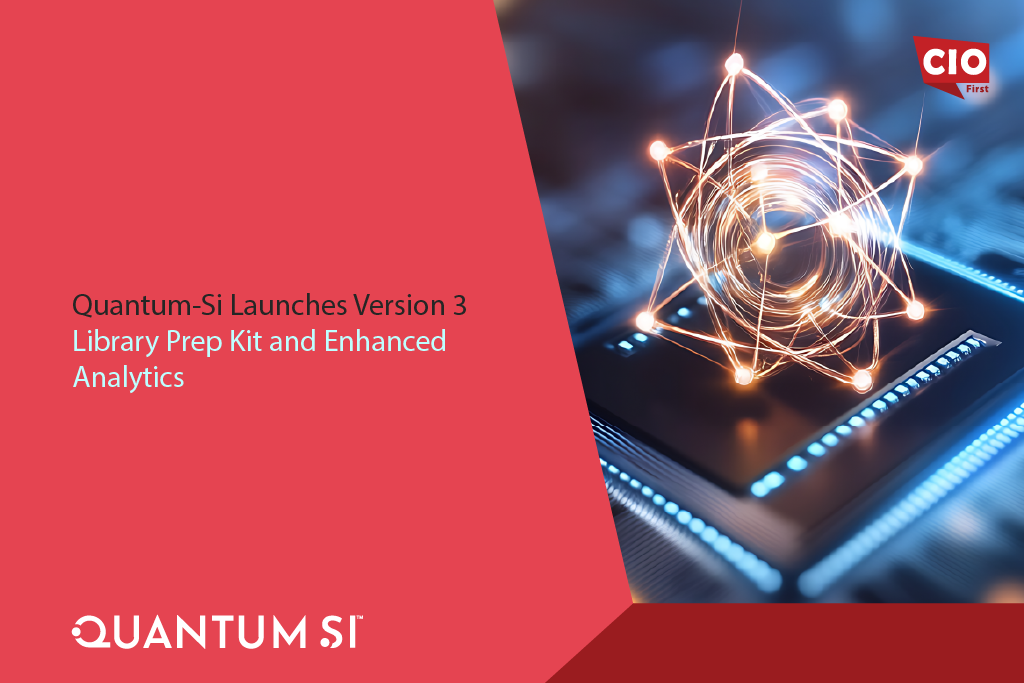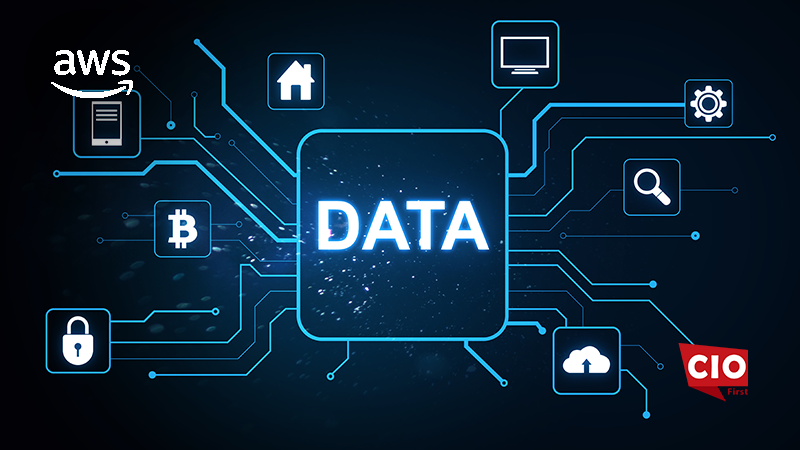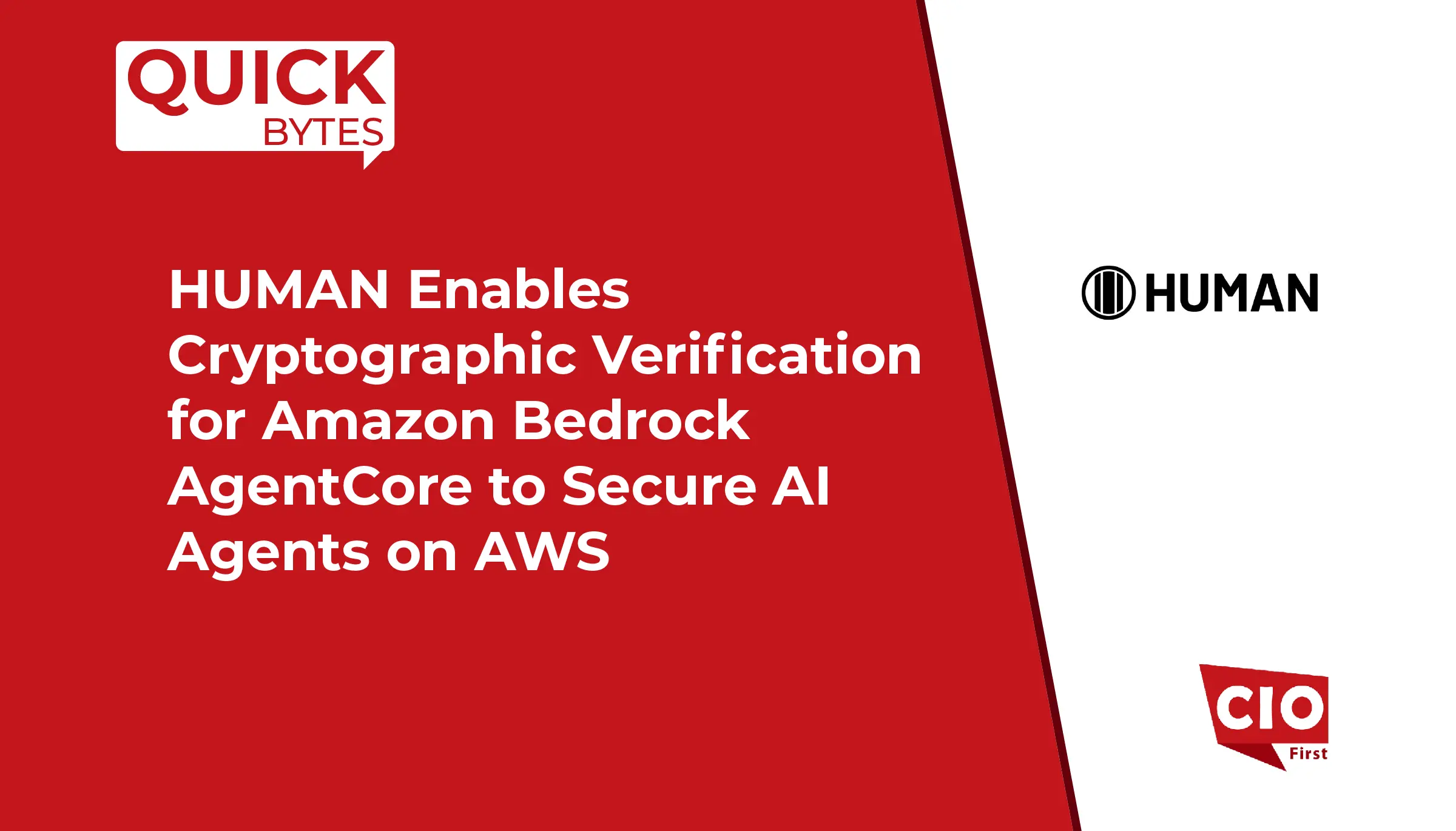Deep Instinct, the first company to apply end-to-end deep learning to cybersecurity, today delivered Deep Instinct Prevention for Applications, an agentless, on-demand, antimalware solution for the enterprise that is device and operating system agnostic. This new offering revolutionizes threat protection beyond the endpoint with flexible, deploy anywhere, in-transit file scanning via API to quickly return a malicious vs benign verdict at enterprise speed. It protects any web application or cloud storage from malicious content while fully ensuring data privacy.
Until now, financial services and other industries with petabytes of data in motion each day, have been at high risk from uploaded malicious content that can be detonated upon download from storage. These organizations have been relying on antiquated solutions that are slow, consume vast CPU and memory resources, and miss unknown malware, leaving this threat segment underserved.
Also Read: Ways to Achieve Efficient Multi-Cloud Connectivity
In the wake of the pandemic, fintech transactions alone rose by 13% and their volume by 11%, indicating significant industry growth. With tens of millions of files in-transit each day connected to high-value trading data, mortgage applications, insurance claims, and other sensitive information, financial institutions are at risk from unchecked malicious uploads or downloads and lack viable options to ensure infected content is not a threat to their operations or their customers. As threat actors seek alternative points of entry into enterprise environments, this risk factor will only increase. In fact, one study found that 35% of “never-before-seen” malware files were hidden in Microsoft Office and PDF files.
“As threat actors compromise points of entry beyond the endpoint, financial services institutions that exchange tens of millions of files each day are at increased risk. This was primarily created by the failure of established anti-virus, network and other solutions to evolve. They are slow, can’t scale or process high volumes of daily traffic or handle large file sizes, and often resort to sandboxing. As a result, they continue to miss unknown threats, and incur high infrastructure costs. That’s the worst of both worlds for an enterprise,” said Guy Caspi, CEO and Co-Founder of Deep Instinct. “Deep Instinct is disrupting the cybersecurity status quo by setting a new standard for preventing malicious files, both known and unknown, before they reach storage.”
Deep Instinct Prevention for Applications provides organizations an on-demand, high-speed scanning solution that prevents >99% unknown malware hidden in files and easily scales to scan tens of millions of files per day. With very low CPU requirements, a low false positive rate of <0.1%, near zero latency, and low processing requirements, Deep Instinct provides the most innovative solution for this underserved threat gap. A typical traditional AV solution is ineffective at preventing unknown malware, will require sandbox and cloud intelligence checks, and takes an average of 90-second to 3-minute to make decisions. Traditional AV/sandbox solutions are ineffective at solving this issue as they are easily evaded and slow to respond. This increases risk and negatively affects the user experience but impacts the business by slowing down critical processes.
“Deep Instinct is addressing a major pain point of today’s enterprise – their exposure to an ever-expanding number of attack vectors,” said David OLeary, Field CISO – Sr. Director, Global Cybersecurity, SHI. “We look forward to bringing this truly unique solution to our enterprise customer base and helping them better protect themselves and their customers from malicious content as they exchange important files every day.”
Other benefits of Deep Instinct Prevention for Applications include the following:
· Does not rely on the cloud to provide a verdict.
· Only the file hash ever leaves the environment retaining full customer data privacy.
· No customer data is used for training or updating AI models
· Minimal infrastructure resources, including CPU, and memory usage combined with a small footprint ensure a low total cost of ownership.
Check Out The New Enterprisetalk Podcast. For more such updates follow us on Google News Enterprisetalk News.























